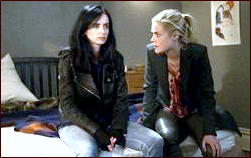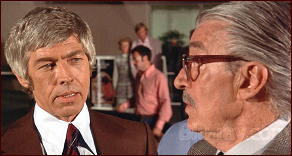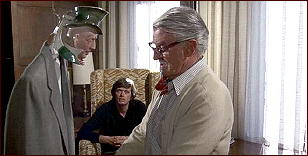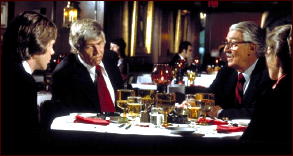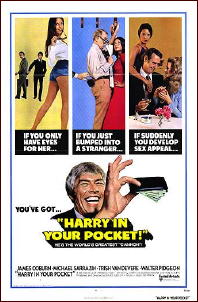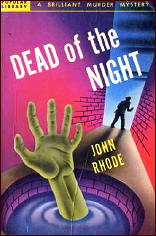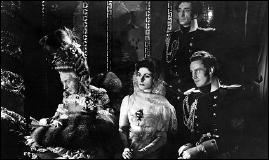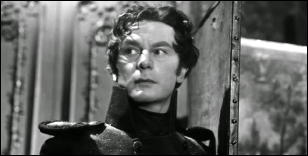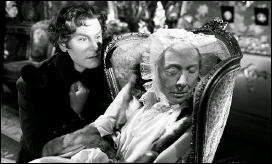Thu 20 Jul 2017
SF Stories I’m Reading: DAVID GERROLD “The Thing in the Back Yard.”
Posted by Steve under Science Fiction & Fantasy , Stories I'm Reading[6] Comments
DAVID GERROLD “The Thing in the Back Yard.” First published in Fantasy & Science Fiction, Sept-Oct 2014. Collected in Entanglements and Terrors (DG Media, softcover, 2015).
For an author who’s been around for almost 50 years (I believe his firs published work was “Oracle for a White Rabbit,” which appeared in the December 1968 issue of Galaxy SF), why has it taken so long for me to have read anything he’s written? (I have seen the Tribbles episode he wrote for Star Trek, but then so has every SF fan in the world, at least those of a certain age.)
Better late than never, I say, and “The Thing in the Back Yard” begins in very familiar territory: Bob’s Big Boy restaurant in Toluca Lake CA, a true landmark of its kind. I’ve never stopped in, but I’ve passed by in a car many, many times. This is where the narrator of the story tells his friend Pesky Dan Goodman about the problem he’s been having with burglars getting into his home and stealing stuff.
Pesky Dan Goodman’s solution: hire a troll. Not a mere garden gnome, but a real life troll. Big mistake. Trolls grow, and the more you hate them, the more they grow. And the more territorial they get.
“Last time I trusted you, I nearly got my passport revoked –”
“Clerical error. You did get it straightened out, didn’t you?
“Only because my sister is on first-name terms with our congressman.”
“Well, there you are. No harm, no foul.”
“I don’t think you’re getting my point.”
“Sure I am. You need security. Emmett-Murray needs a quiet little corner. You won’t even know he’s there.
This falls into the category of Famous Last Words. This also is the funniest story I’ve read so far this year.
